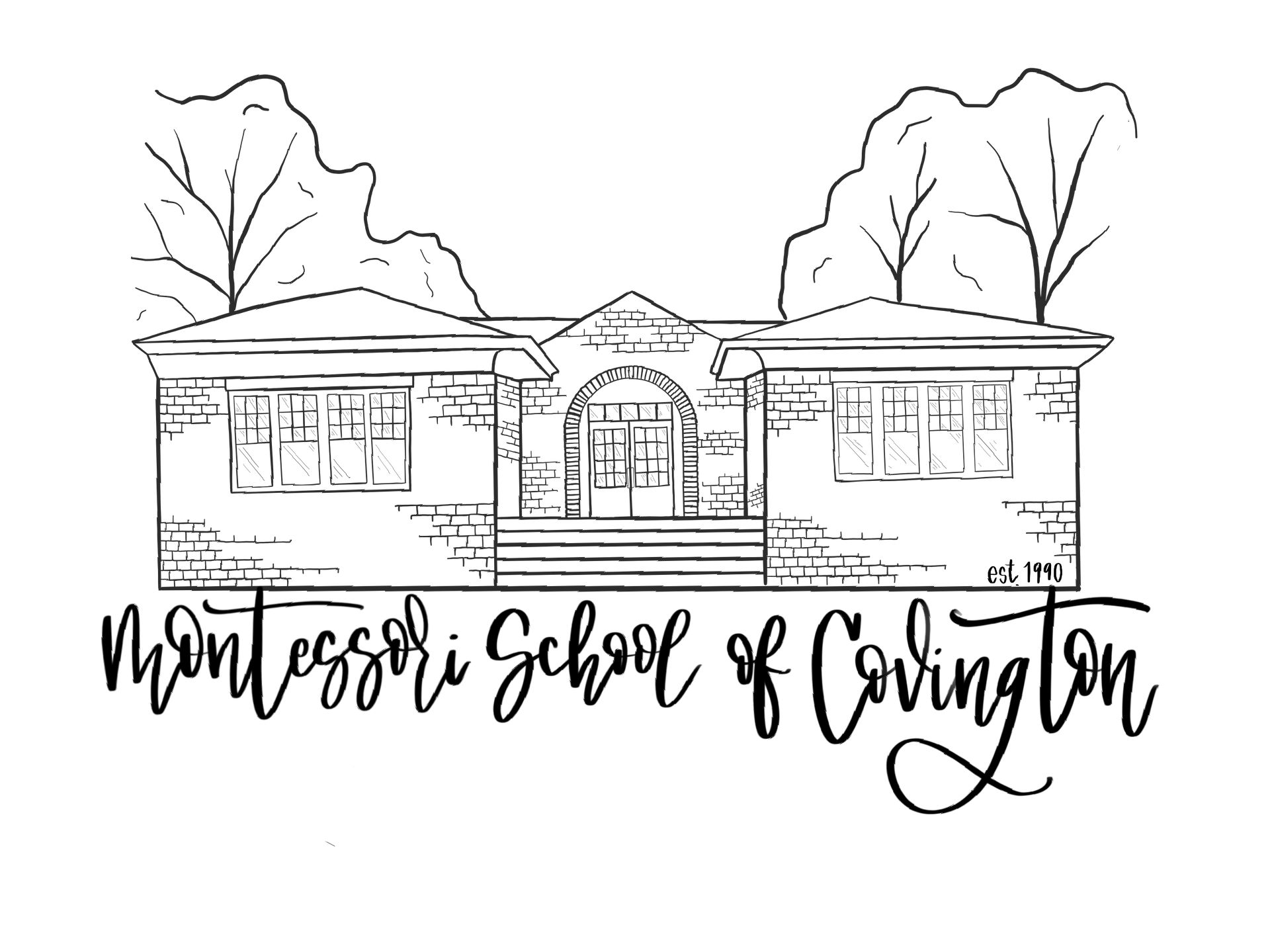PHONE
555-555-5555
ADDRESS
4108 Summers Street
Covington, GA 30014
“…education is a natural process spontaneously carried out by the human individual, and is acquired not by listening to words but by experiences upon the environment.” — Dr. Maria Montessori
the montessori method
The Montessori classroom seeks to provide each child with a structured environment in which he can freely develop. Structure is important in order to set boundaries, which help the child focus on the task at hand. Freedom is necessary for each child to be able to develop at his own pace. And thirdly, action is necessary. It is only through direct manipulation of the environment that significant learning can occur. Through actual experiences with concrete objects, the child discovers relationships and concepts which can later be abstracted.
The Montessori materials stimulate a young child's natural desire to learn, guiding him in a series of successful steps to confident, independent study habits.
Add your title here
This is the text area for this paragraph. To change it, simply click and start typing. Once you've added your content, you can customize its design by using different colors, fonts, font sizes and bullets. Just highlight the words you want to design and choose from the various options in the text editing bar.
This is the text area for this paragraph. To change it, simply click and start typing. After adding your content, you can customize it.
THE CLASSROOM
The Montessori classroom is referred to as a ‘prepared environment’. This environment encourages children to pursue their interests and to work independently at their own pace. Minimum use of wall displays, soft colors, and child-sized furnishings is normal in this environment.
A typical day in the Montessori classroom will include activities to encourage independent work, small group activities, demonstrations by the teacher, and opportunities to explore the environment both inside and out.
OUR TEACHERS
When necessary, teachers assist the child in the decision-making process by offering options from which the child can choose. The Montessori-trained teacher is an astute observer who presents appropriate materials to the child or children in small groups. Recording your child’s progress on a daily basis allows the teachers the opportunity to stay in tune with the needs of the child and the environment. These records will also assist the teacher in communicating the child’s progress to his/her parents. Teachers in this environment serve as facilitators and observers who offer stimulation and choices. The child’s natural curiosity, love for work, and sense of community are stimulated and nurtured in this environment.
Add your title here
This is the text area for this paragraph. To change it, simply click and start typing. Once you've added your content, you can customize its design by using different colors, fonts, font sizes and bullets. Just highlight the words you want to design and choose from the various options in the text editing bar.
This is the text area for this paragraph. To change it, simply click and start typing. After adding your content, you can customize it.
integrated classrooms
Unlike traditional public and private school settings, the Montessori School of Covington (just like most Montessori systems) combines grade stages. Learning in an environment of mixed-aged classes provides an opportunity for natural progression, and mastery of subject matter and eliminates the propensity for competition.
- Natural Progression: students are encouraged to work methodically through "works" which establishes their ability to move on when ready. Each activity builds on the previous and contains a new skill set.
- Mastery of Subject matter: fully comprehending a task or an assignment translates into teaching others how to do them. We celebrate mastery and look forward to students exemplifying their abilities.
- Non-competitive environment: for learning to be effective, it must be fun! Removing competition to create a liking or love of learning has been the best way to approach success!
Montessori School of Covington is Covington's most-established school for ages 3 through 8th grade. We prepare students for life through intentional education with focuses on practical life, empowered thought and indpendence.
QUICK LINKS
CONTACT INFO
PHONE
ADDRESS
4108 Summers Street
Covington, GA 30014
© 2023 All Rights Reserved | Montessori School of Covington | This site is powered by Neon One
Creatively Curated for MSC by Handaliemade.
